
How Stephen Gould Scaled Its Capacity by 30% without Making a Single Hire
This article will delve into the most important aspects to include when writing your startup business plan and what to avoid. We will also provide you with some additional tips on how to craft a winning startup growth business plan.
Executive Summary:
This article will delve into the most important aspects to include when writing your startup business plan and what to avoid. We will also provide you with some additional tips on how to craft a winning startup growth business plan.
So, you have an idea that you want to become a thriving startup.
The first step to success is writing a comprehensive business plan. A well-crafted startup business plan can help you secure funding, understand your target market, and prioritize high ROI strategies.
But where do you begin?
This article will delve into the most important aspects to include when writing your startup business plan and what to avoid. We will also provide you with some additional tips on how to craft a winning startup growth business plan.
Let’s get into it:
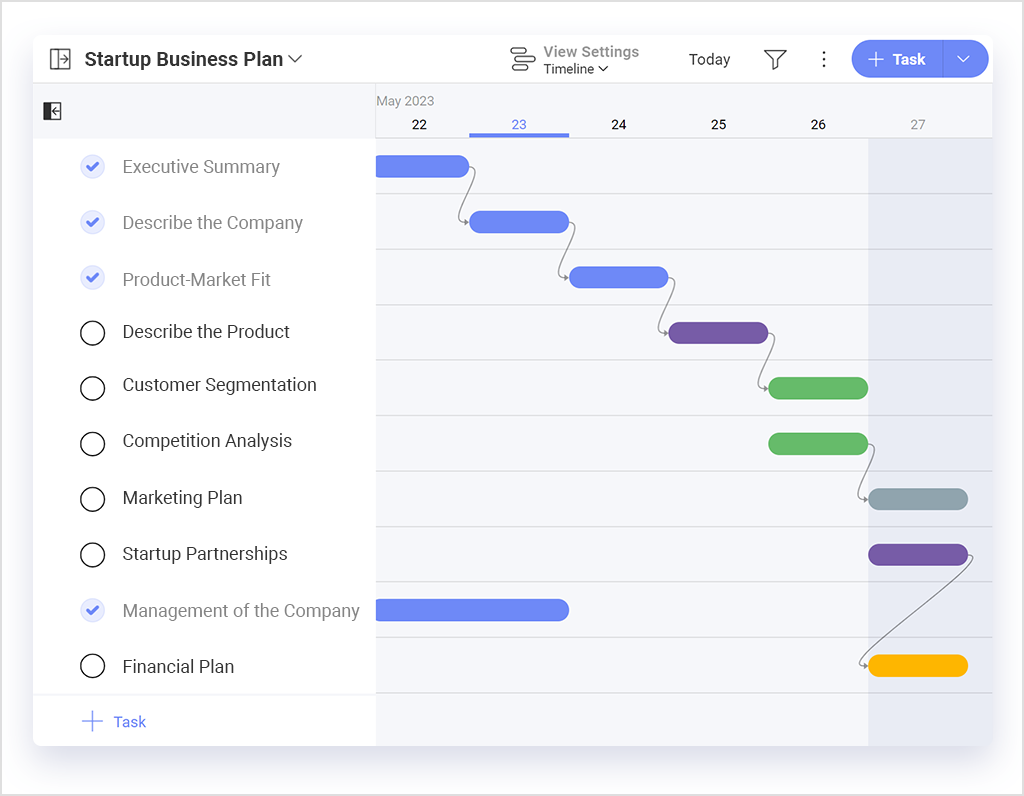
When outlining your executive summary, starting with your value proposition is critical. This should be a simple, precise, one-sentence overview of your business concept that addresses the target customer point and how you propose solving it. In addition, you can lay out some key goals to help support your value proposition.
If you are only writing your startup business plan for planning purposes, you might be able to skip this step. However, we recommend you do this anyway to ensure your value prop is always aligned, consistent, and top of mind.
Next, you should provide a detailed description of your startup. This description should answer two fundamental questions:
The answers should include information on why you are in the business, what makes your business idea stand out, and why you are a good investment bet. Here are some additional components you should include in your company description:
While answering some of those will be straightforward, others will require extra thought. Clarifying your company’s critical components is an excellent opportunity to identify your principles and cultural values and answer the questions of why your business exists and what you’re striving to achieve in the long run.
According to Failory, 34% of startups fail because of a lack of product-market fit. Unfortunately, it is too familiar for startups to rush to market without knowing whether anyone is looking for what they are selling. Choosing the right market is fundamental to a startup’s business success. Conduct thorough research on your target market, industry trends, customer needs, and competitors to find yours.
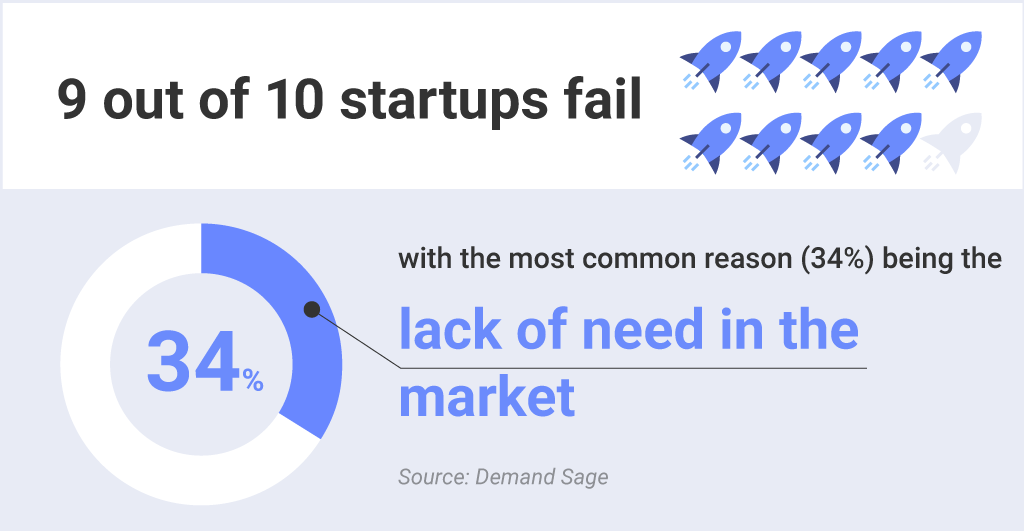
There are various products and services that serve a particular need and requirement. Ensure you find a clear market niche – an ideal buyer persona with a need or pain point your product or service can help solve.
You must find your startup’s product-market fit before you risk investing in developing a product or service that brings no value to the market and, therefore, will be overlooked. Finding your startup’s product-market fit means moving more quickly to ROI and faster growth.
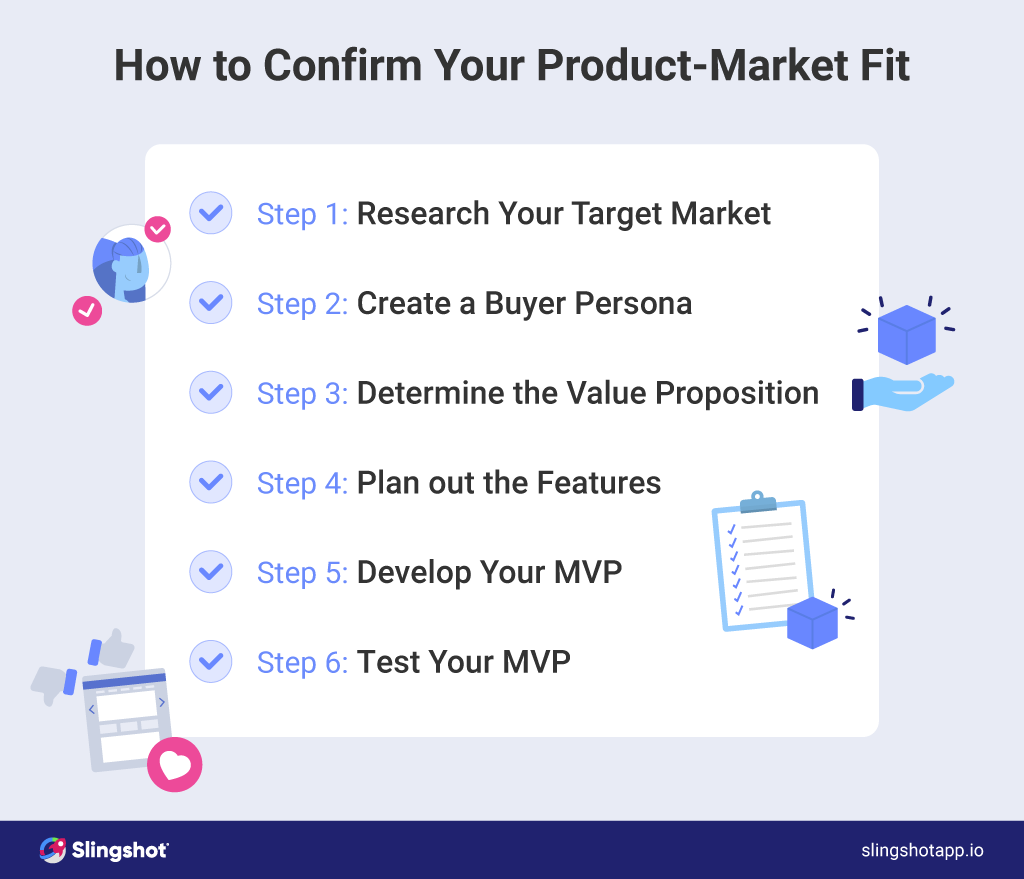
In this step, describe your product or service in detail. Depending on your business, if you sell many products (for example, an E-commerce store), you can include more general information on each. However, if you have a tech/SaaS company, you would need a detailed explanation for all your products or services. Highlight features, benefits, and competitive advantages. Explain how they can help solve customer problems and answer their needs.
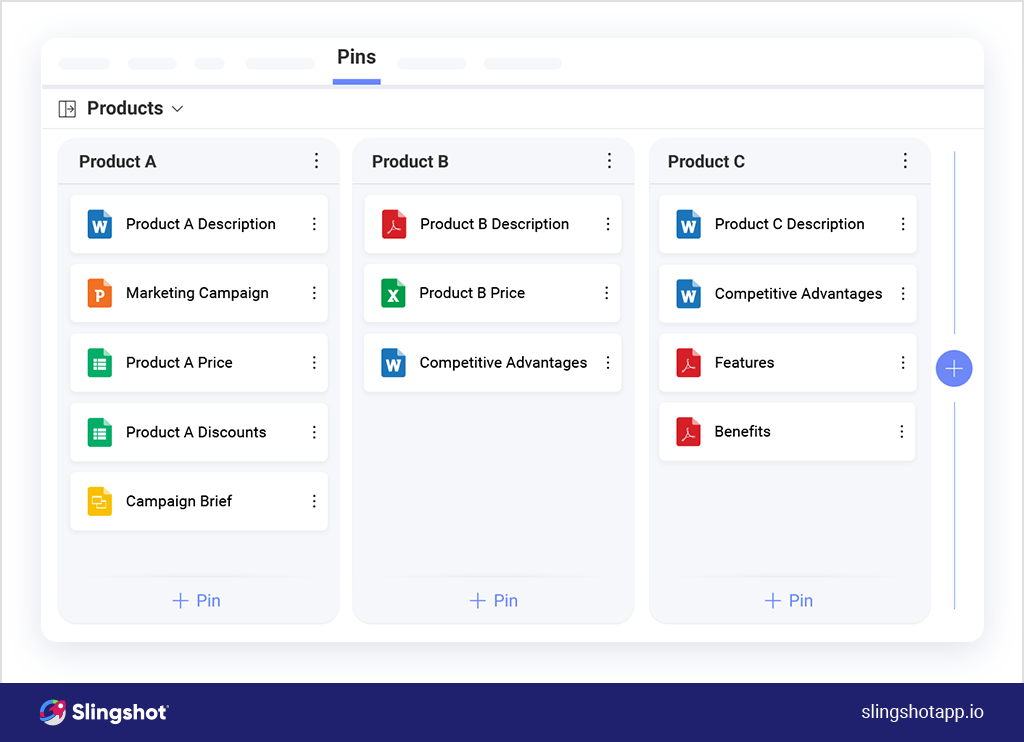
You will want to create your ideal customer persona after finding product-market fit. This ideal customer or buyer persona, aka target market, must be the foundation of your marketing and sales strategies; you will want to keep that person in mind when making strategic plans and decisions for your startup business.
To give a holistic overview of your ideal customer, describe those general and specific demographic characteristics:
Start broadly. But as you continue going through your market research, narrow your segmentation and get more specific.
By the time you’re finished, your customer segmentation should look something like this:
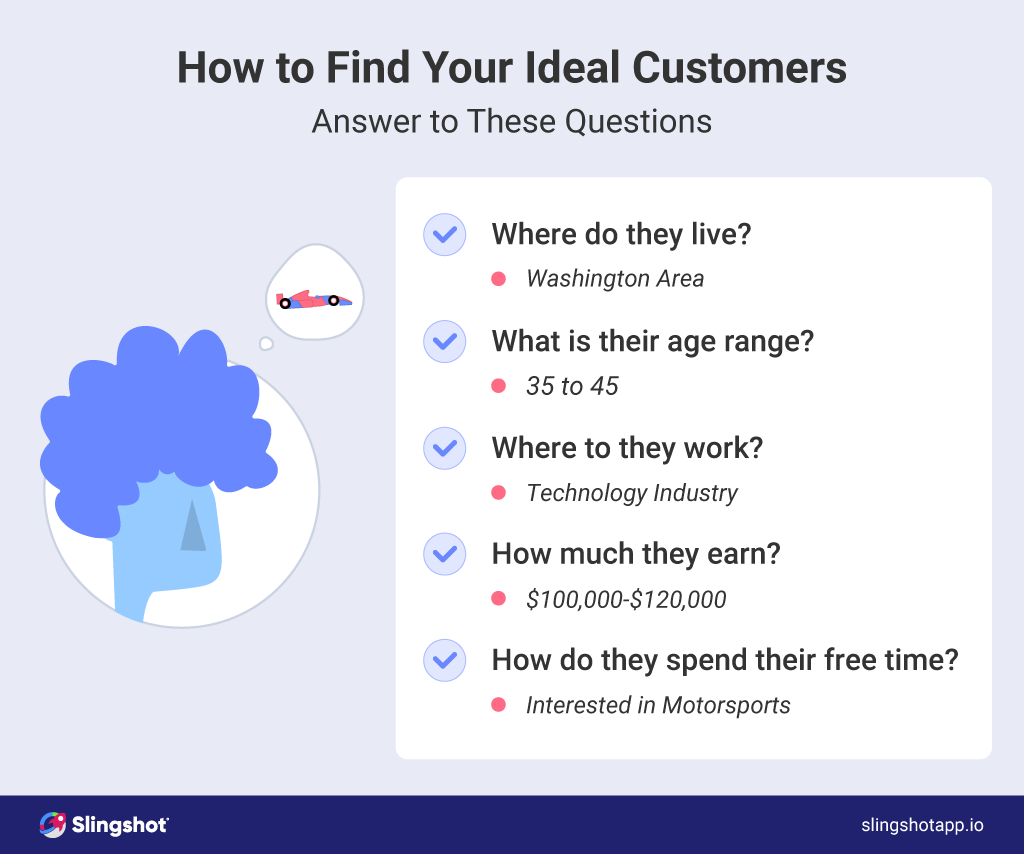
This information will vary based on your product/service and what you are selling. Still, nevertheless, it must be clear and specific so you know who you are trying to reach.
It’s no surprise that competition is a startup’s biggest growth challenge. When you’re starting, there will be more established, bigger competitors with access to more resources than your startup has.
You should learn as much about your competitors as possible and put yourself in a potential customer’s shoes to see how you stack up. It’s not just about competing – it’s about standing out, truly differentiating yourself in the marketplace. You are competing for audience and market share, which means you need to know what your competition offers, how they offer it, and how successful they are. Measuring your competition’s successes and failures can help identify gaps in your marketing, sales, and overall business strategies. Addressing those gaps gives you a competitive advantage.
Having as much information as possible will help you put your startup in a better position to succeed.
Marketing is about capturing potential customers’ attention, heart, and wallets. If you want your startup to grow, effective marketing is critical. Start by outlining what you intend your marketing approach to be. Include your target audience, distribution channels, promotional activities, current decisions, and future strategies.
Conduct keyword research and develop marketing KPIs and metrics to measure success and allocate budget appropriately. Remember to revisit and revise the plan regularly to ensure success.
For more information on creating a successful marketing strategy for your business, check out our B2B SaaS marketing guide and how to create and launch successful marketing campaigns blog.
When developing a startup business plan, it’s essential to also develop partnerships and resources as a part of the plan. To develop these, you can explore ways to establish business resources, such as through publications, incubators and accelerators, seminars, industry associations and trade organizations, investor networks, and more.
You will also need to determine how much funding your startup requires and how you plan to use these funds. In this part of your startup business plan, you have to include financial projections, such as cash flow statements, expenses, and revenue forecasts.
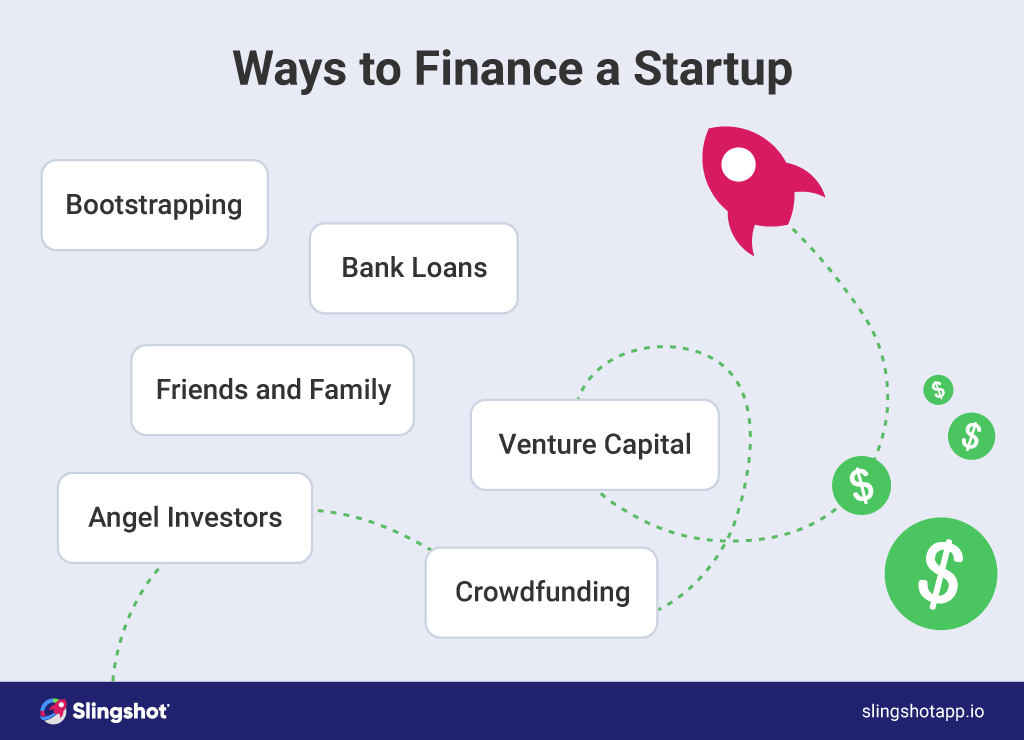
In the startup space, it’s crucial to have a solid business plan and financial projections to demonstrate your potential for success to potential investors or lenders. Learn how to finance a startup business in our blog on the importance of data in startup financing.
As part of your startup business plan, it’s essential to outline the management structure of your company. This includes identifying key team members, their roles and responsibilities, as well as the organizational structure of your company.
Remember to tailor the management section to your specific startup. If you’ve already assembled a team, highlighting the key team members of it and their roles in the business showcases the strength of your management team and their ability to execute the business plan.
If you still need to get a team, first identify the key roles that your company requires. These roles may be CEO, COO, CFO, CMO, CTO, and other essential roles such as HR. Once you have identified these roles, you can define each position’s responsibilities. After you do that, consider what the organizational structure of your company will be. Will it be a flat structure, or will it have multiple levels of management? Will there be departments or teams? It’s essential to consider the most effective structure for your company’s goals and needs.
Finally, if you’ve yet to create a team for your startup business growth, consider how you will attract and retain top talent. This may include offering competitive salaries and benefits, providing opportunities for growth and development, and creating a positive and supportive work culture.
A well-crafted finance plan is essential to the success of any startup. As a startup working on its business plan, you’ll have no financial information you can provide. Start by forecasting profits for the first year, identifying expected cash flow, and a balance sheet (what you own and what you owe). Estimate sales and profits based on research, industry data, and marketing strategies.
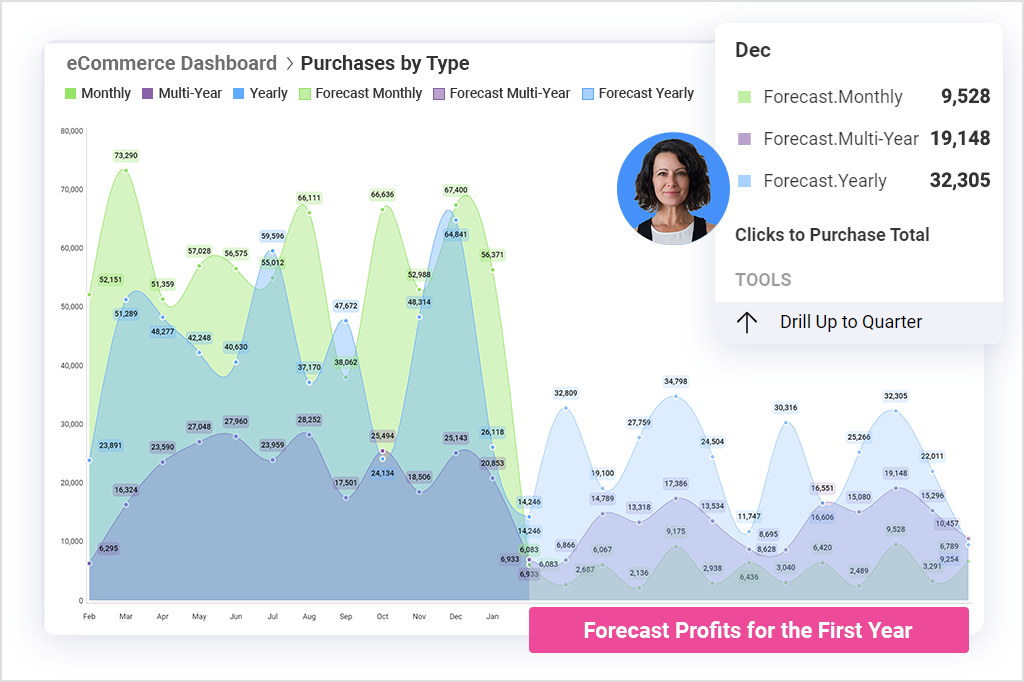
You should also include best-case and worst-case scenarios of your financial goals and plans to achieve them to be transparent and honest in front of potential investors who will read your startup business plan.
Remember to update your financial plan regularly as your startup progresses and market conditions change.
If you’re currently shopping for business plan software for your startup that is business user-friendly and at a low cost, check out Slingshot. While we may be biased (we are talking about our product), Slingshot provides an easy-to-use interface and a set of productivity tools. Slingshot gives you the speed, reliability, flexibility, connectivity, and security features to make your startup business plan a success story.
For writing a startup business plan, Slingshot can help with the following:
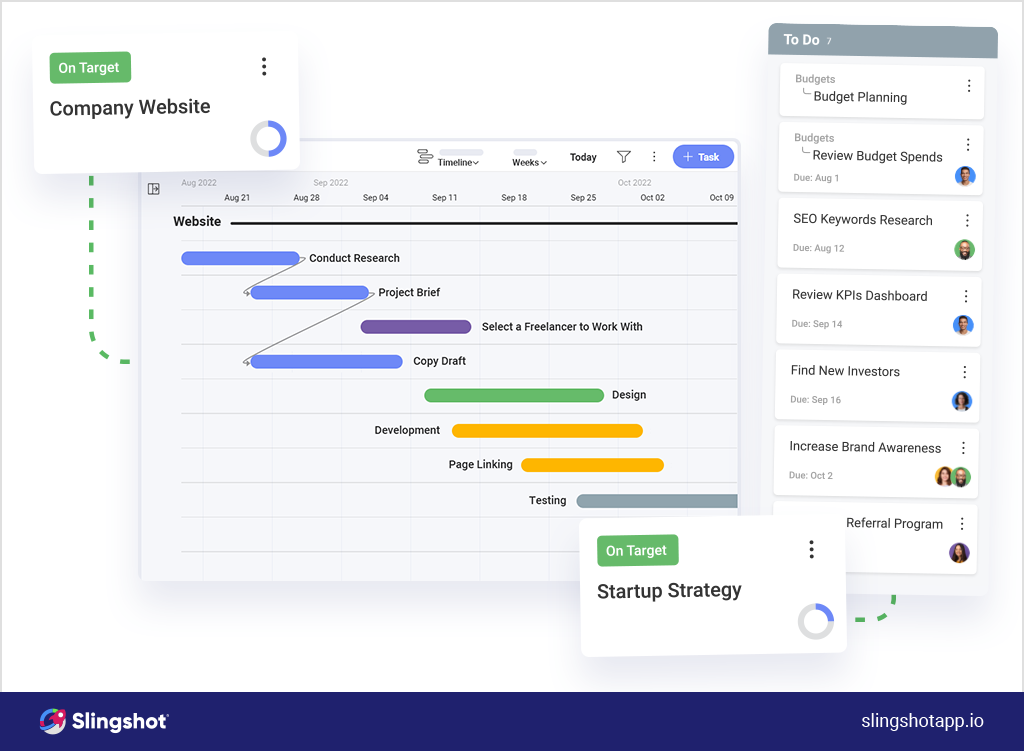
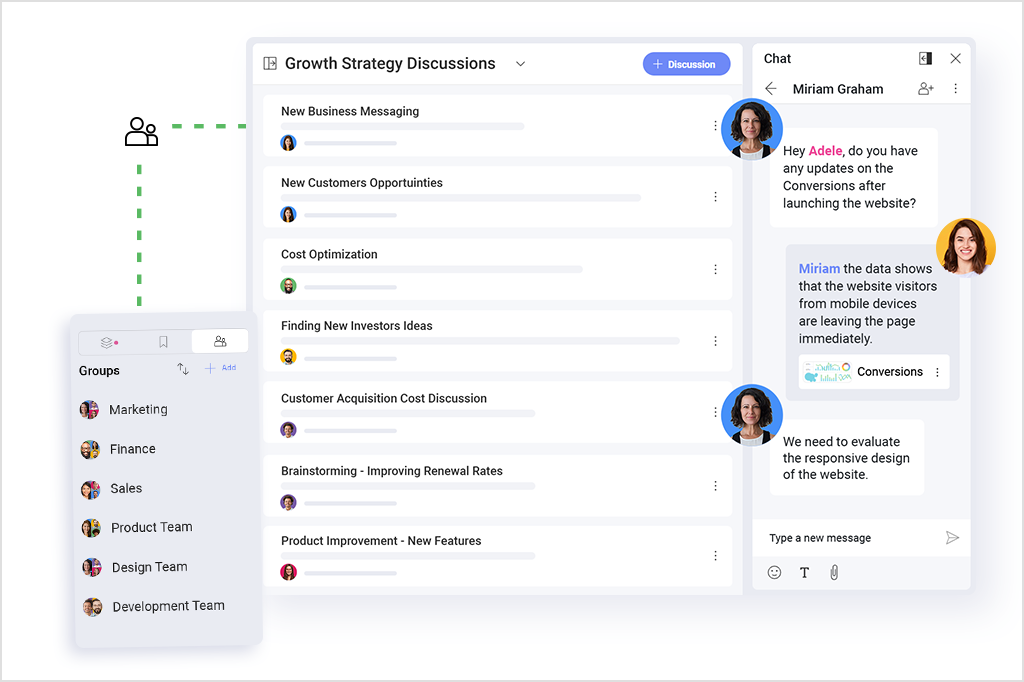
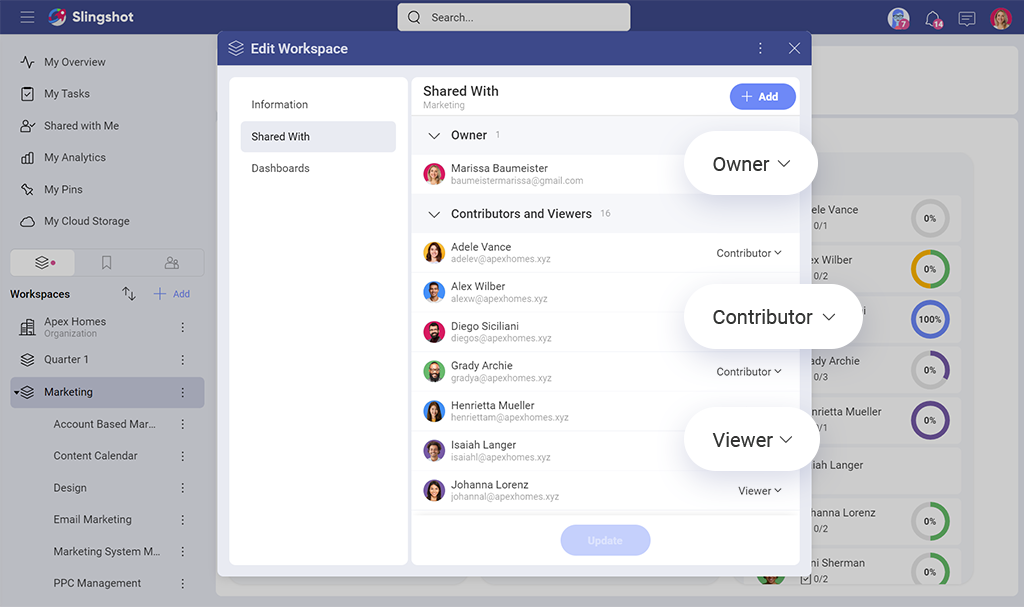
A startup business plan is a document that outlines the goals and strategies of the new business venture. It includes business description, market analysis, financial projection, offering, marketing and sales strategies, and funding requirements. The startup business plan serves as a roadmap of how the startup intends to achieve its objectives and secure funding.
The startup business plan aims to help entrepreneurs and potential investors understand the viability of the business concept, the potential risks, the competitive landscape, and the business’s target market.
A lean startup business plan focuses on the most critical aspects of the business. It is designed to be quick and easy to create. The lean startup business plan is supported by a one-page document that does not require extensive financial forecasting and development plans accompanied by comprehensive details of each and every aspect of the company. Instead, a lean startup business plan uses customer needs and problems. It focuses on the business value proposition to differentiate the offering from competitors. It is a great way to get a high-level overview of your business. It can be used to communicate your vision to potential investors or stakeholders. A lean business plan is also often used to onboard new hires or modify existing plans for a specific target market.
Overall, a traditional business plan is more comprehensive. In contrast, a lean startup business plan is a simple, straightforward, quick summary of your value proposition, resources, customer segmentation, and revenue streams.
SHARE THIS POST